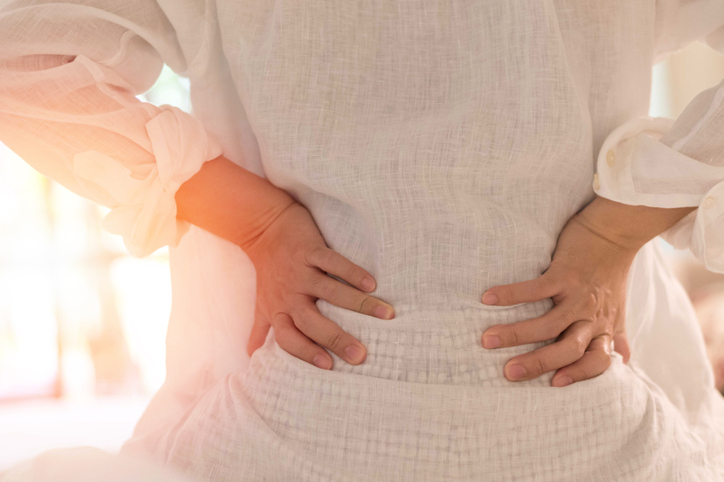Pain
At-Home Treatments for Ankylosing Spondylitis (AS)

What is ankylosing spondylitis?
Ankylosing spondylitis (AS) — a form of arthritis — is a chronic, inflammatory condition that most commonly surfaces in late adolescence or early adulthood. AS primarily affects the lower portion of the spine; however, other large joints, such as the hips, shoulders or knees, may be involved as well. In severe cases, bodily organs, such as the lungs, heart, eyes or kidneys, may also be affected.
Treatment options
Treatment options for ankylosing spondylitis focus on relieving pain and stiffness while also preventing or delaying deformities of the spine. At-home treatments may be used alone or in combination with conventional medical AS treatments. At-home treatment options include the following:
Temperature therapy
Heat therapy, such as a hot water bottle or heating pad, can be applied to the affected area to reduce stiffness and pain. Cold therapy, such as an ice pack, cold gel pack or bag of frozen vegetables, helps reduce swelling. Cold therapy should not be applied for more than 20 minutes at a time.

Massage therapy
Massage therapy relaxes the body and promotes flexibility. Massaging tender points around the spine should be avoided until pain symptoms improve.

Physical activity
Moving the body helps to prevent stiffness. If possible, individuals should stand up, walk and stretch every hour. Strengthening exercises build muscles, which support joints affected by AS. Swimming is easy on the joints and helps maintain proper extension of the spine. Stretching builds flexibility and reduces pain. The spine and lower back should be stretched daily.

Posture
Choosing chairs that support the back can help maintain proper posture. Sleeping on a hard mattress without the use of a pillow helps keep the back straight.

Yoga and breathing
Yoga and Pilates are exercise practices that incorporate stretching, which can ease AS symptoms. Deep breathing exercises can also reduce symptoms of AS by keeping the chest cage flexible.

TENS
A transcutaneous electrical nerve stimulation (TENS) unit uses electrical current to stimulate nerves, resulting in less pain. Electrodes are applied at the pain site to override pain signals sent to the brain.

Stop smoking
Quitting the habit of smoking reduces AS damage and improves overall health.

















